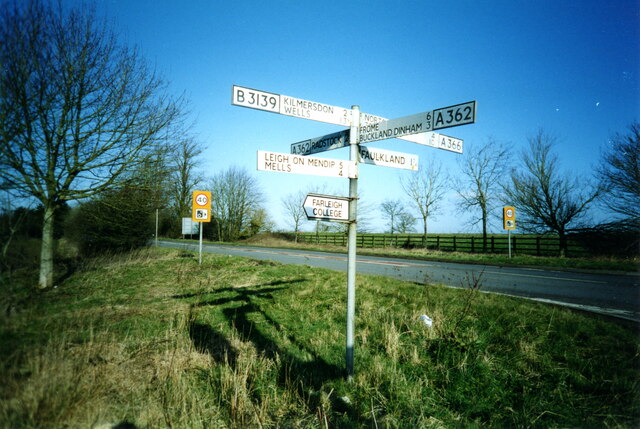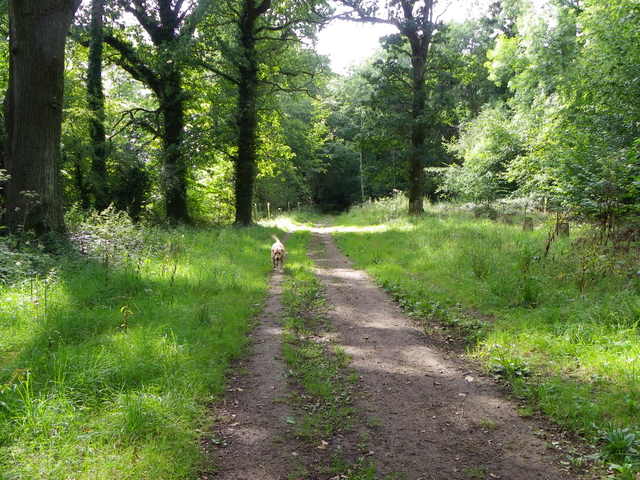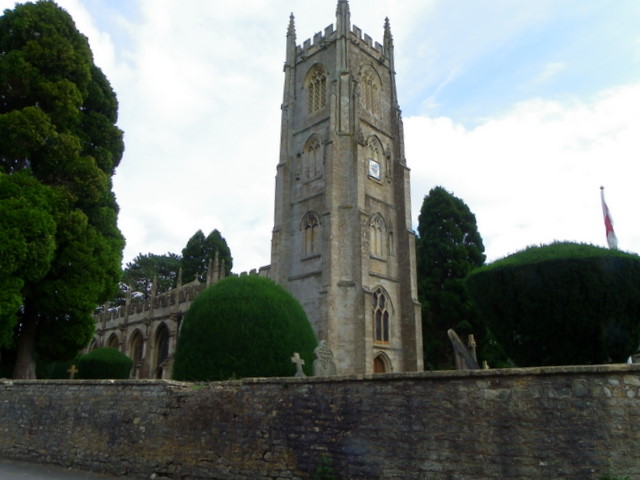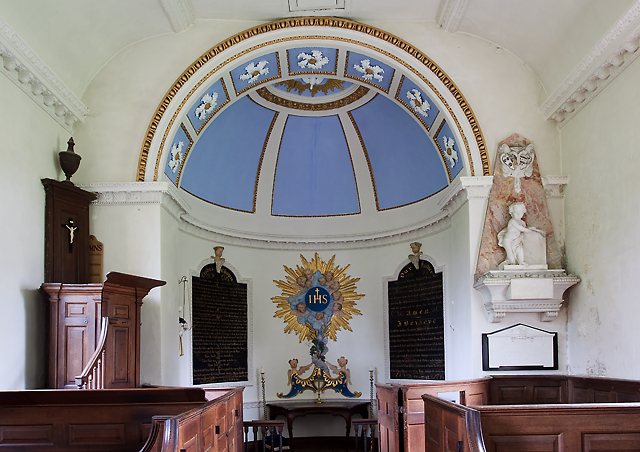Ash Plantation
Wood, Forest in Somerset Mendip
England
Ash Plantation

Ash Plantation is a sprawling woodland located in Somerset, England. Covering an area of approximately 500 acres, it is a prominent feature of the local landscape. The plantation is predominantly composed of ash trees, hence its name, which provide a dense canopy and create a unique ecosystem.
The woodland is characterized by its diverse flora and fauna. The dense foliage of the ash trees provides a habitat for a variety of bird species, including woodpeckers, owls, and songbirds. The forest floor is carpeted with a rich assortment of wildflowers, ferns, and mosses, creating a vibrant and colorful environment.
Ash Plantation offers numerous recreational opportunities for visitors. It boasts a network of well-maintained walking trails that wind through the woodland, providing an immersive experience in nature. These trails are suitable for all levels of hikers and offer breathtaking views of the surrounding countryside.
The woodland is also a popular destination for nature enthusiasts and photographers, who are drawn to its tranquil beauty and abundant wildlife. It is not uncommon to spot deer, squirrels, and rabbits roaming freely within the plantation.
In addition to its recreational value, Ash Plantation serves an important ecological purpose. The ash trees play a crucial role in carbon capture and storage, making it an essential part of the region's efforts to combat climate change.
Overall, Ash Plantation is a cherished natural asset in Somerset, offering a haven for wildlife, a retreat for outdoor enthusiasts, and a valuable contributor to the local ecosystem.
If you have any feedback on the listing, please let us know in the comments section below.
Ash Plantation Images
Images are sourced within 2km of 51.264238/-2.415947 or Grid Reference ST7151. Thanks to Geograph Open Source API. All images are credited.


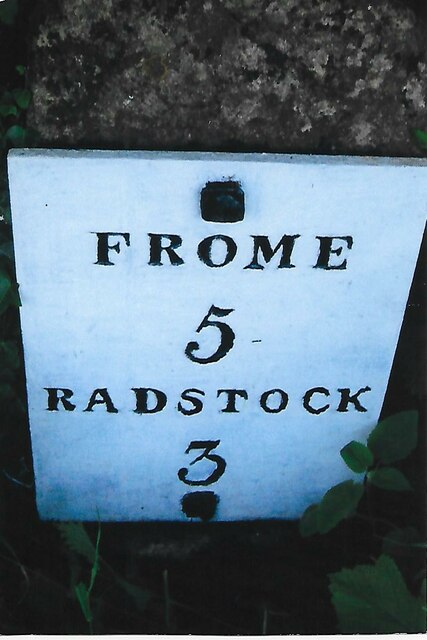




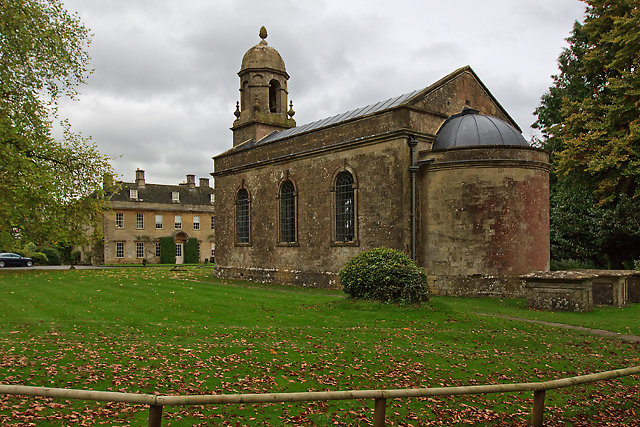

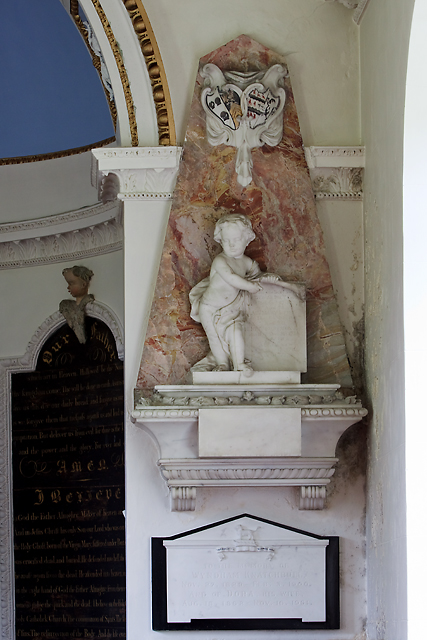
Ash Plantation is located at Grid Ref: ST7151 (Lat: 51.264238, Lng: -2.415947)
Administrative County: Somerset
District: Mendip
Police Authority: Avon and Somerset
What 3 Words
///spellings.promoted.tame. Near Radstock, Somerset
Related Wikis
Mells Road railway station
Mells Road railway station served the village of Mells, Somerset, England from 1875 to 1959 linking Radstock to Frome, Somerset on the Heart of Wessex...
Babington, Somerset
Babington is a small village between Radstock and Frome, Somerset, England, which has now largely disappeared. == History == In 1233 or 1234 much of the...
Kingsdown Camp
Kingsdown Camp is an Iron Age hillfort at Buckland Dinham 4.5 kilometres (3 mi) South East of Radstock, Somerset, England. It is a Scheduled Monument.It...
Ammerdown House, Kilmersdon
Ammerdown House in Kilmersdon, Somerset, England, was built in 1788. It has been designated as Grade I listed building.It was built as a country house...
Babington House
Babington House is a Grade II* listed manor house, located in the village of Babington, between Radstock and Frome, in the county of Somerset, England...
Kilmersdon
Kilmersdon is a village and civil parish on the north eastern slopes of the Mendip Hills in Somerset between the towns of Radstock and Frome. It is located...
Newbury Manor School
Newbury Manor School, formerly Farleigh College, is a mainly residential special school for pupils with Asperger syndrome, situated at Newbury, near Mells...
St Mary's Church, Hemington
St. Mary's Hemington is an Anglican church in Hemington, Somerset, England. The Norman church underwent major renovation in the 14th, 15th, 17th and 19th...
Nearby Amenities
Located within 500m of 51.264238,-2.415947Have you been to Ash Plantation?
Leave your review of Ash Plantation below (or comments, questions and feedback).

